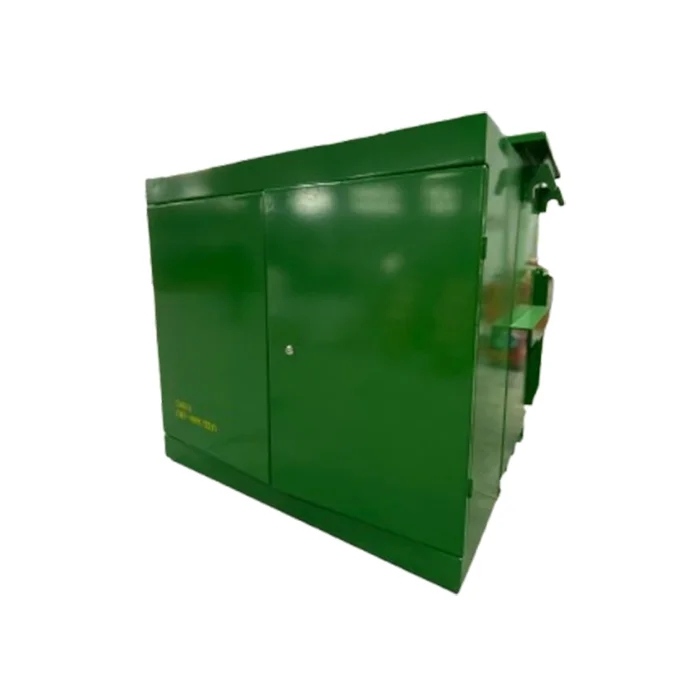Restoring Respiratory Health: A Comprehensive Guide to Healing Lungs After Chemical Exposure
In our modern world, exposure to harmful chemicals is an unfortunate reality for many individuals. Whether through occupational hazards, environmental pollutants, or accidental inhalation, the impact on lung health can be significant. Understanding how to heal your lungs after inhaling chemicals is crucial for restoring respiratory function and overall well-being. This article delves into the mechanisms of lung damage, the healing process, and practical steps you can take to support your recovery.
Understanding Lung Damage from Chemical Exposure
When chemicals are inhaled, they can cause immediate and long-term damage to lung tissue. Common culprits include volatile organic compounds (VOCs), heavy metals, and industrial fumes. The severity of the damage often depends on the type of chemical, duration of exposure, and individual susceptibility.
- Acute Effects: Inhalation of irritants can lead to symptoms such as coughing, wheezing, and shortness of breath. In severe cases, it may result in chemical pneumonitis, a condition characterized by inflammation of the lung tissue.
- Chronic Effects: Prolonged exposure can lead to chronic respiratory diseases, including asthma, chronic obstructive pulmonary disease (COPD), and even lung cancer. The cumulative effect of toxins can impair lung function and reduce the body’s ability to clear mucus and pathogens.
The Healing Process: What Happens After Exposure?
The lungs possess a remarkable ability to heal, but this process can be hindered by ongoing exposure to pollutants and lifestyle factors. After inhaling harmful chemicals, the body initiates several biological responses:
- Inflammation: The immune system responds to injury by sending white blood cells to the affected area, which can cause inflammation and swelling.
- Repair Mechanisms: Alveolar cells (the cells lining the air sacs in the lungs) begin to regenerate, but this process can take time, especially if the damage is extensive.
- Mucociliary Clearance: The lungs utilize cilia (tiny hair-like structures) to expel mucus and trapped particles. Supporting this mechanism is vital for recovery.
Practical Steps to Heal Your Lungs
- Immediate Action Post-Exposure
If you suspect chemical inhalation, the first step is to remove yourself from the source of exposure. Seek fresh air and, if necessary, medical attention. A healthcare professional can assess the extent of your exposure and recommend appropriate treatment.
- Hydration and Nutrition
Staying hydrated is essential for lung health. Water helps thin mucus, making it easier to expel. Incorporate foods rich in antioxidants, such as fruits and vegetables, to combat oxidative stress caused by chemical exposure. Nutrients like vitamin C, vitamin E, and omega-3 fatty acids can support lung repair.
- Breathing Exercises
Engaging in breathing exercises can enhance lung function and promote healing. Techniques such as diaphragmatic breathing and pursed-lip breathing can improve oxygenation and help clear mucus. Consider practicing these exercises daily:
- Diaphragmatic Breathing: Inhale deeply through your nose, allowing your abdomen to expand, then exhale slowly through pursed lips.
- Pursed-Lip Breathing: Inhale through your nose for two counts, then exhale through pursed lips for four counts. This technique helps keep airways open longer.
- Avoiding Irritants
Post-exposure, it’s crucial to minimize further lung irritation. Avoid smoking, secondhand smoke, and exposure to indoor pollutants such as mold and dust. Use air purifiers and ensure proper ventilation in your living spaces.
- Physical Activity
Engaging in regular physical activity can enhance lung capacity and overall respiratory health. Activities like walking, swimming, or yoga can improve circulation and promote better lung function. Start slowly and gradually increase intensity as your lungs heal.
- Consider Supplements
Certain supplements may aid in lung recovery. N-acetylcysteine (NAC) is known for its mucolytic properties, helping to thin mucus and improve lung function. Consult with a healthcare provider before starting any new supplement regimen.
- Regular Check-ups
Follow up with healthcare professionals to monitor lung health. Pulmonary function tests can assess recovery progress and identify any lingering issues. Early intervention can prevent long-term complications.
Conclusion: A Path to Recovery
Healing your lungs after inhaling chemicals is a multifaceted process that requires time, patience, and proactive measures. By understanding the effects of chemical exposure and implementing practical strategies, you can support your body’s natural healing mechanisms. Prioritize your respiratory health, and don’t hesitate to seek professional guidance to ensure a safe and effective recovery journey. Remember, your lungs are resilient, and with the right care, they can regain their strength and function.

